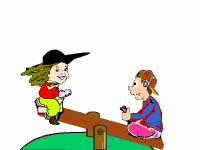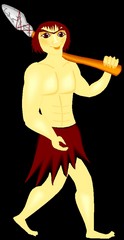
Clipart used by permission of www.classroomclipart.net
Goutami’s Emit PowerPoint: emit-egypt-pp
Thanks very much for your friendly comments and suggestions, 7F. We teachers were talking about you at the Swimming Sports yesterday and even a teacher who had taken you for an extra, Ms Willshire, commented on how lovely you were. At the moment she teaches only Year 12 Maths (it makes me shiver to think of it) and you made her miss having Year 7 classes.
I started to create a little multiple choice quiz for you to teach you more about Ancient Egypt, but when I’d only written three questions the website froze…Later I went back and added five more. There are many comments on each question that will give you inside information on ancient Egypt.
Here is a little more information:
Women
 Yes, I know, girls, ancient Egypt seems dreadfully patriarchal, but all the books suggest that women in ancient Egypt actually had more rights and freedoms than other ancient societies. For instance, they could own lands and businesses, speak in court, launch legal actions against men, breastfeed in public (some modern western societies frown on this) and retain custody of their children in a divorce. The man was still the head of the house, of course, and most of the Pharaohs were men. Check out these sites for more information:
Yes, I know, girls, ancient Egypt seems dreadfully patriarchal, but all the books suggest that women in ancient Egypt actually had more rights and freedoms than other ancient societies. For instance, they could own lands and businesses, speak in court, launch legal actions against men, breastfeed in public (some modern western societies frown on this) and retain custody of their children in a divorce. The man was still the head of the house, of course, and most of the Pharaohs were men. Check out these sites for more information:
Rights of Egyptian women:
Peasants
Sources suggest that peasant farmers made up about 80% of Egypt’s population. The most likely way to raise one’s status was through learning to write, but this would not have been easy for many peasant farmers to do. They had many other onerous tasks and they paid a very substantial proportion of their grain in tax – some sources suggest over half.
Life of peasants:




 These were some of the earliest domesticated animals. The ones in these photos are more modern breeds than the Stone Age ones! (Photos taken by my sister Barb and used with her permission)
These were some of the earliest domesticated animals. The ones in these photos are more modern breeds than the Stone Age ones! (Photos taken by my sister Barb and used with her permission)